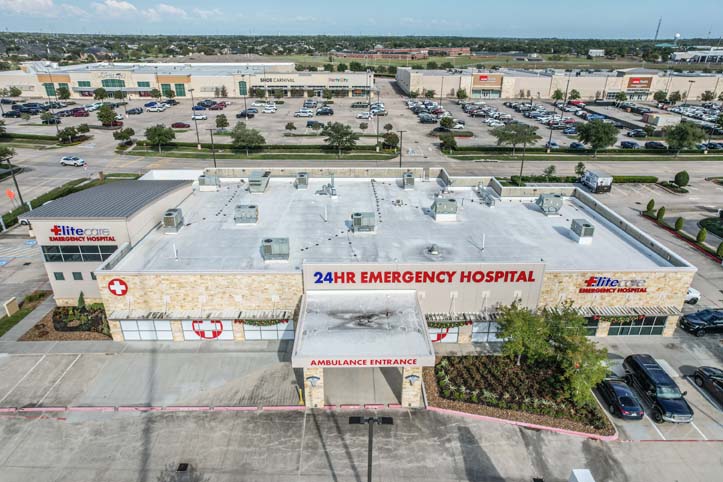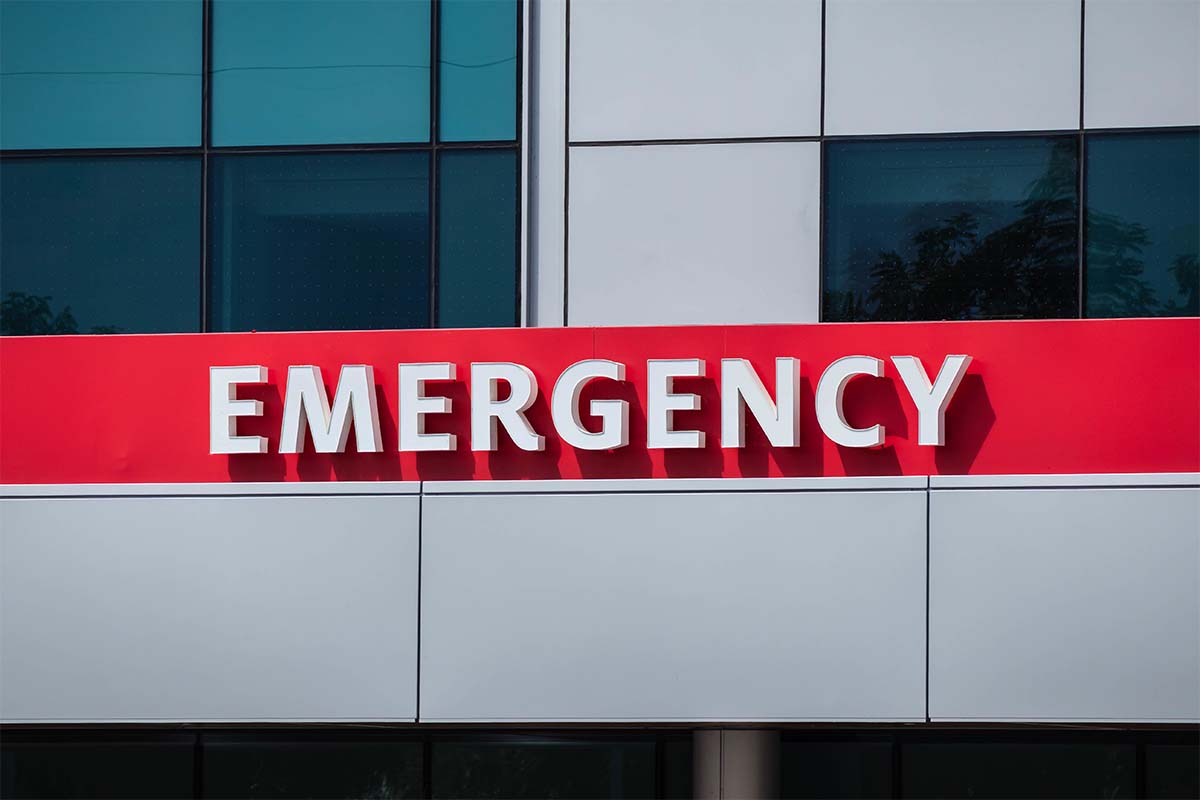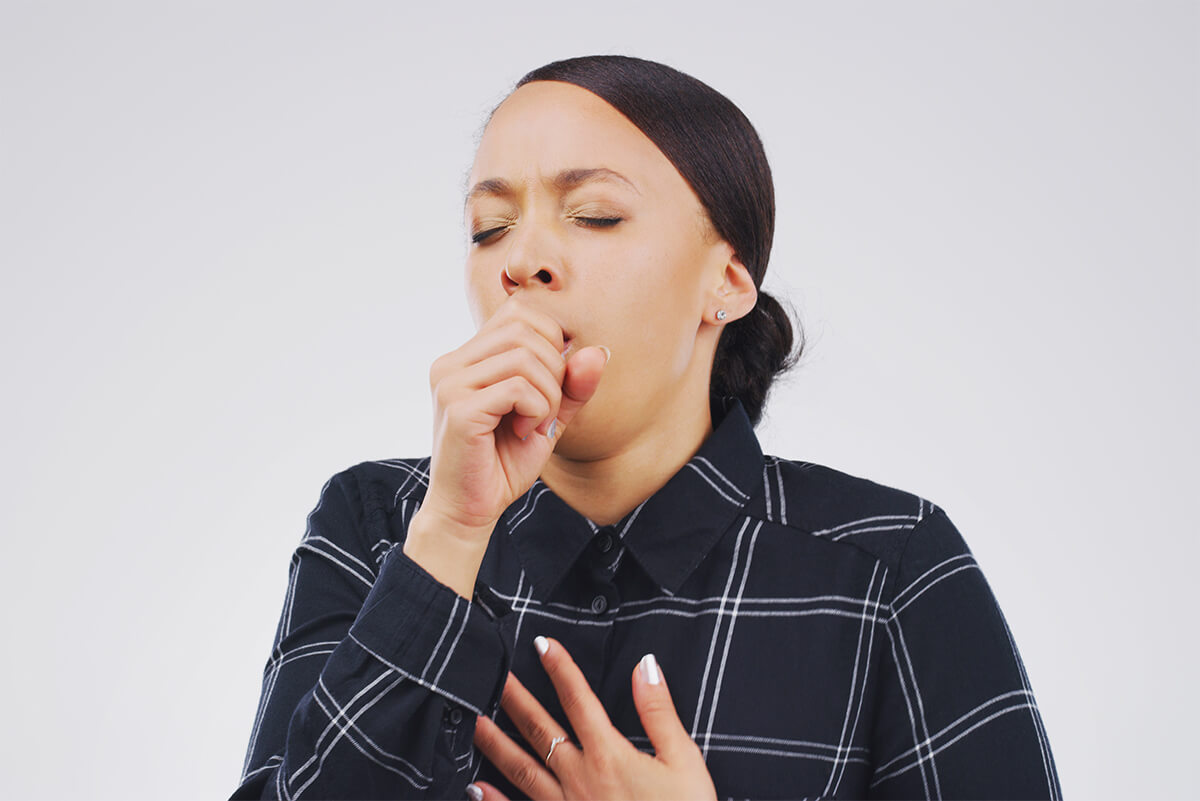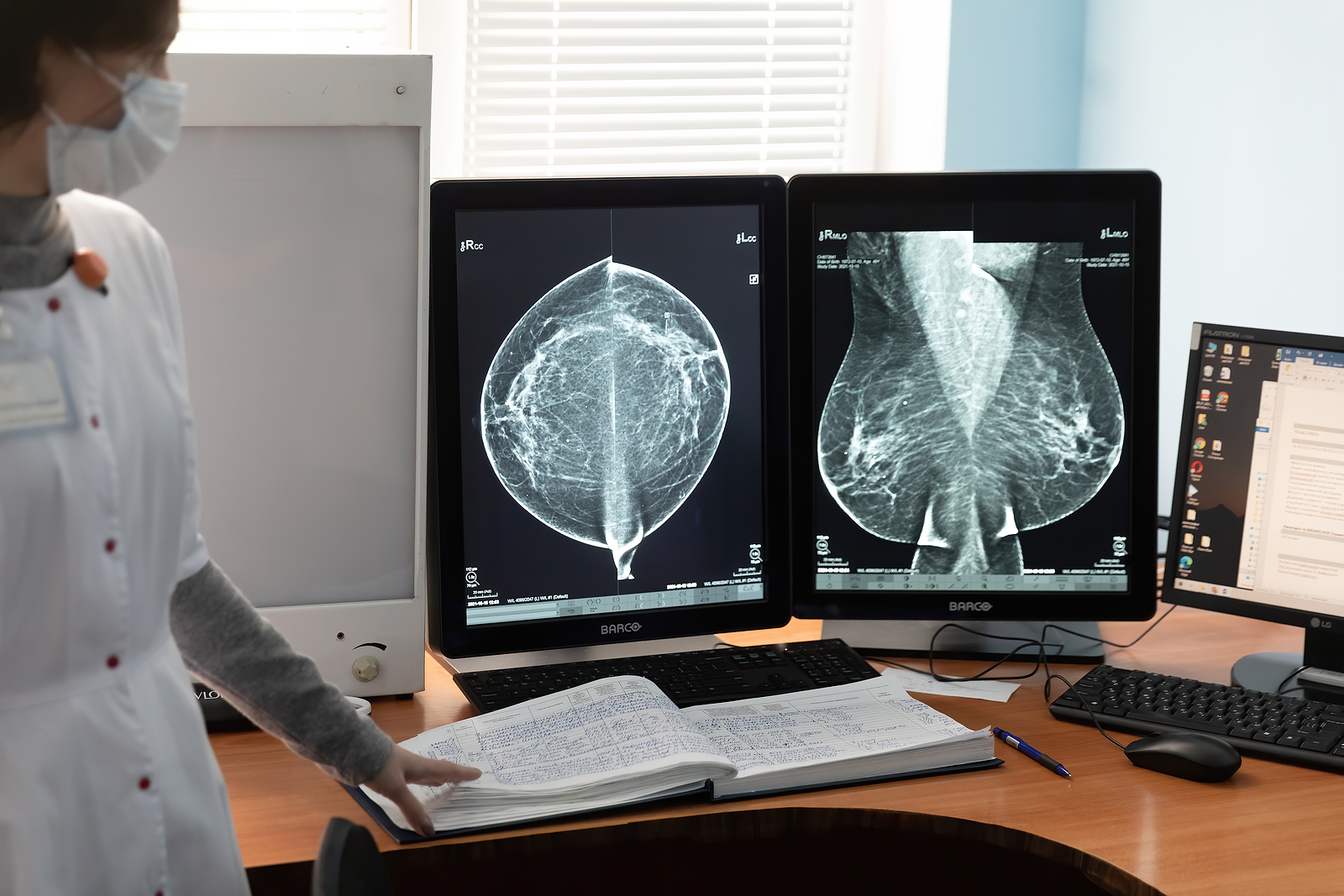
According to the World Health Organization, breast cancer is the most common cancer in the world, accounting for 12% of all new cases of cancer diagnosed each year. October is Breast Cancer Awareness Month, an we recognize the annual campaign to raise public awareness of the disease’s consequences. With proper access to information, we can fight breast cancer together.
About Breast Cancer
Breast cancer is an abnormal growth of breast cells. Typically, breast cancer develops in either the cells of the milk-producing lobules or the milk-draining ducts.
It’s important to understand that most breast lumps are benign (not dangerous) and not cancerous (malignant). Non-cancer breast tumors are abnormal growths but do not spread outside the breast. They are not life-threatening, but some types of benign breast lumps can increase a woman’s risk of getting breast cancer.
A health care professional should check any breast lump or change to determine if it is benign or malignant (cancer). Breast cancer occurs almost entirely in women, but men can get breast cancer, too. (National Breast Cancer Foundation)
Early Detection
Often, breast cancer is diagnosed after the onset of symptoms, but many women with breast cancer have no symptoms. Monthly breast self-examinations, clinical breast exams, and mammograms (an x-ray that detects abnormal breast tissue) are essential for early detection. According to the American Cancer Society, the relative 5-year survival rate is 99 percent when breast cancer is identified early and at the localized stage.
Common Signs and Symptoms
Understanding how your breasts naturally appear and feel is key to your breast health.
Although regular breast cancer screenings are essential, mammography does not detect all breast cancers.
The most prevalent breast cancer symptom is a new lump or tumor (although most breast lumps are not cancer). However, breast tumors can also be soft, round, tender, and painful. (Cancer.net)
Risk And Prevention
Researchers continue to investigate the causes of breast cancer and its prevention. Although there is no established method to prevent breast cancer in its entirety, you may be able to reduce your risk.
The following strategies may minimize your breast cancer risk if you have a higher risk factor. Discussing breast cancer risks with a health care professional for further information is ideal.
Lifestyle Choices That Lower the Risk of Cancer
Adopting lifestyle choices is the first step to lowering your risk of breast cancer. Regular physical activity is one way to reduce the risk of breast cancer. 30 to 60 minutes of moderate to vigorous physical activity per day is associated with a lower risk of breast cancer. You can also lower your risk by maintaining a healthy weight and refraining from using oral contraceptives and hormone replacement therapy after menopause. Breastfeeding may reduce the risk of breast cancer.
Cancer-prevention Medications
If you have a higher-than-average risk of developing breast cancer, you should talk to your doctor about possible preventative medications. This is referred to as “chemoprevention” or the use of hormone-blocking medicines to reduce the risk of breast cancer. (Cancer.net)
How to Do a Self-Examination
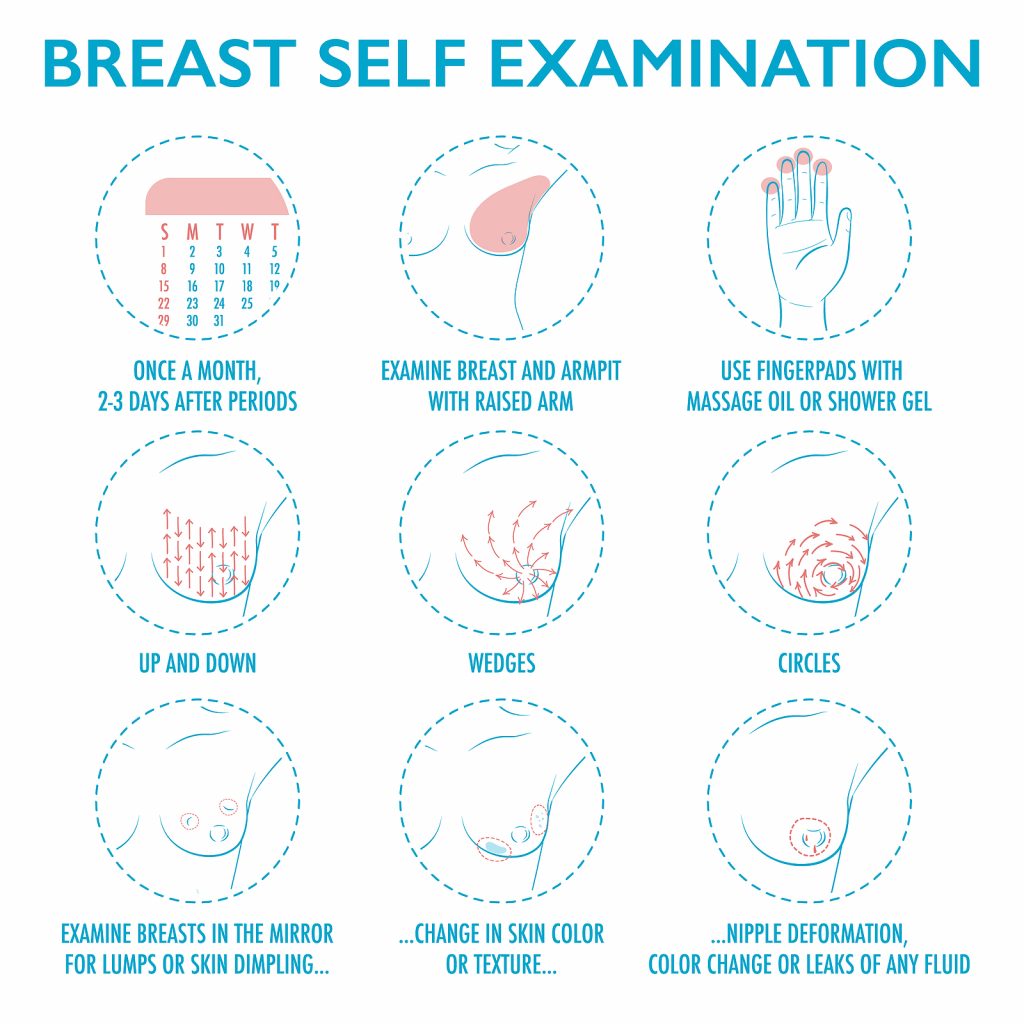
Adult women of all ages should perform breast self-exams at least once a month. A breast self-exam is a step-by-step procedure for inspecting your breast tissue and glands.
1. Manual Inspection: Examine the entire breast and armpit area with the pads/flats of your three middle fingers, pressing down with light, medium, and firm pressure. Check both breasts monthly for lumps, thickening, stiffened knots, or other breast changes.
2. Visual Inspection While Standing: Examine your breasts with your arms at your sides. Raise your arms far overhead next. Check for any changes in the shape, swelling, or dimples on the skin and the nipples. Next, place your palms on your hips and squeeze your chest muscles firmly. Left and right breasts will not match exactly—very few women’s breasts do—so look for any dimpling, puckering, or alterations, especially on one side.
3. Manual Check While Lying Down: When lying down, the breast tissue spreads evenly across the chest wall. Position a cushion under your right shoulder and right arm behind your head. Move the pads of your fingers around your right breast, encompassing the entire breast area and armpit, with your left hand. Examine for discharge and lumps after compressing the nipple. Repeat the procedure for the left breast.
Mark Your Calendar for Breast Cancer Awareness
While the prospects of breast cancer might be scary, we can use October as our annual reminder to gather more information about breast cancer. Continue to self-examine and schedule appointments with your healthcare provider to proactively prevent a cancer that, in its early stages, can be treated for a positive long-term prognosis.
Works Cited
National Breast Cancer Foundation. “Breast Self-Exam.” National Breast Cancer Foundation, 6 June 2022, www.nationalbreastcancer.org/breast-self-exam.
American Cancer Society. “What Is Breast Cancer?” American Cancer Society, www.cancer.org/cancer/breast-cancer/about/what-is-breast-cancer.html.
Centers for Disease Control and Prevention. “Breast Cancer Awareness Feature.” Centers for Disease Control and Prevention, Centers for Disease Control and Prevention, 20 Sept. 2021.
Cancer.Net. “Breast Cancer – Risk Factors and Prevention.” Cancer.Net, 24 May 2022, www.cancer.net/cancer-types/breast-cancer/risk-factors-and-prevention.
Cleveland Clinic. “Breast Self-Exam: How to Perform, What to Look For.” Cleveland Clinic, my.clevelandclinic.org/health/diagnostics/3990-breast-self-exam.
“Breast Cancer Information, Support & Donations.” National Breast Cancer Foundation, 21 July 2022, www.nationalbreastcancer.org/.

